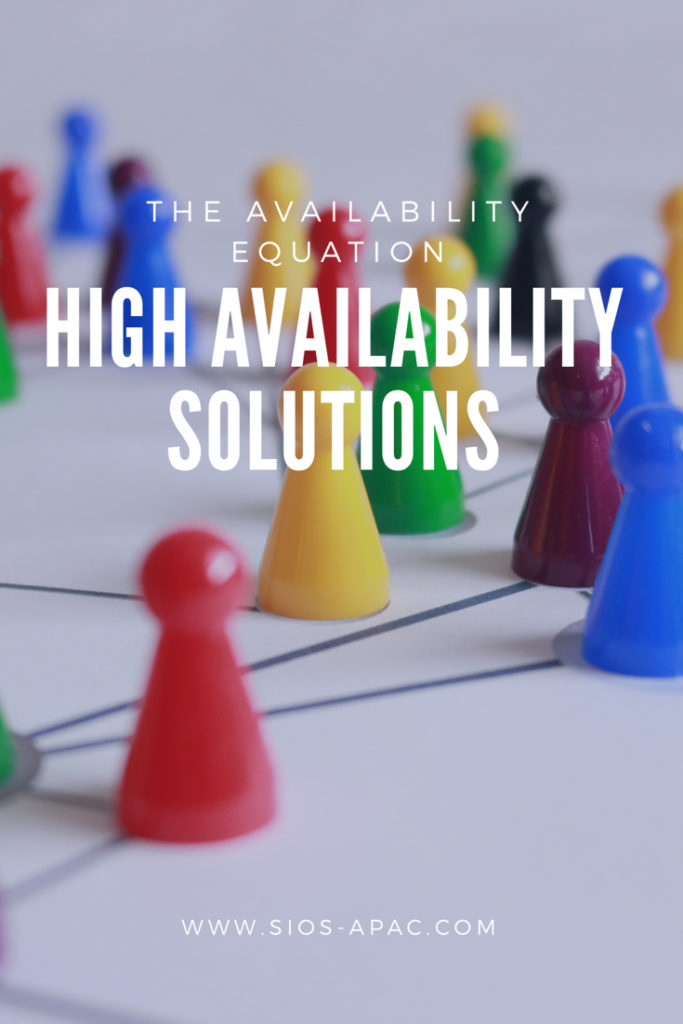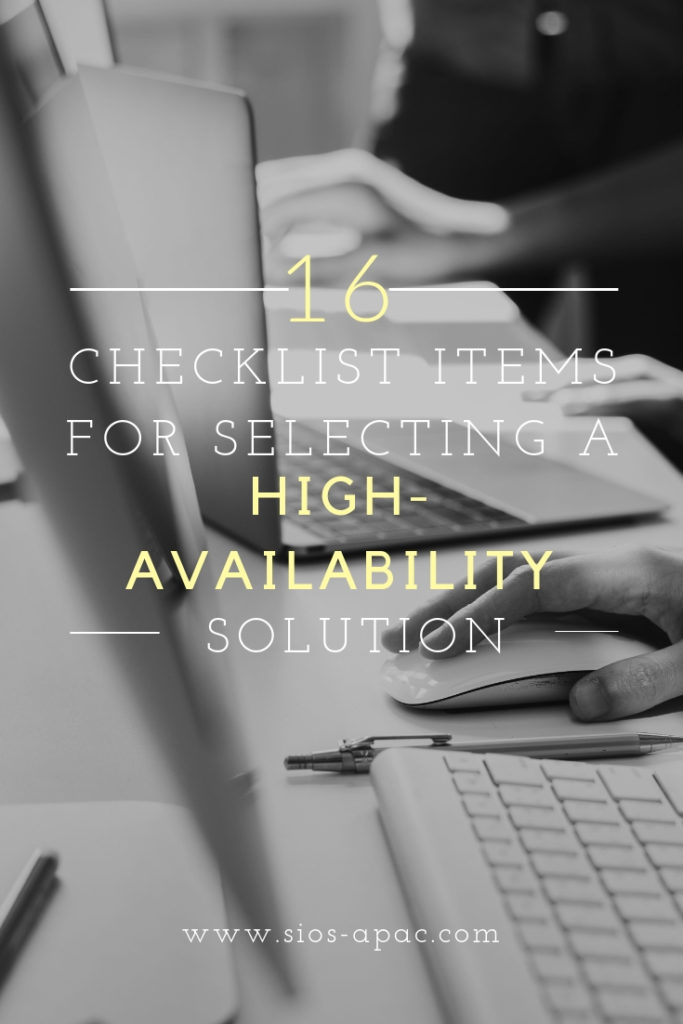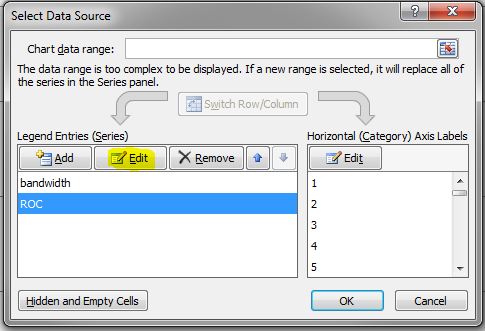Choosing Platforms To Replicate Data – Host-Based Or Storage-Based?
Two common platforms to replicate data are from the server host that operates against the data and from the storage array that holds the data.
When creating remote replicas for business continuity, the decision whether to deploy a host- or storage-based solution depends heavily on the platform that is being replicated and the business requirements for the applications that are in use. If the business demands zero impact to operations in the event of a site disaster, then host-based techniques provide the only feasible solution.
Host-Based Replication
One of the two platforms to replicate data is Host-based replication. It doesn’t lock users into a particular storage array from any one vendor. SIOS SteelEye DataKeeper, for example, can replicate from any array to any array, regardless of vendor. This ability ultimately lowers costs and provides users the flexibility to choose what is right for their environment. Most host-based replication solutions can also replicate data natively over IP networks, so users don’t need to buy expensive hardware to achieve this functionality.
Host-based solutions are storage-agnostic, providing IT managers complete freedom to choose any storage that matches the needs of the enterprise. The replication software functions with any storage hardware that can be mounted to the application platform, offering heterogeneous storage support. It can operate at the block or volume level are also ideally suited for cluster configurations.
One disadvantage is that host-based solutions consume server resources and can affect overall server performance. Despite this possibility, a host-based solution might still be appropriate when IT managers need a multi-vendor storage infrastructure or have a legacy investment or internal expertise in a specific host-based application.
Storage-Based Replication
Another platforms to replicate data is the storage-based replication is OS-independent and adds no processing overhead. However, vendors often demand that users replicate from and to similar arrays. This requirement can be costly, especially when you use a high-performance disk at your primary site — and now must use the same at your secondary site. Also, storage-based solutions natively replicate over Fibre Channel and often require extra hardware to send data over IP networks, further increasing costs.
A storage-based alternative does provide the benefit of an integrated solution from a dedicated storage vendor. These solutions leverage the controller of the storage array as an operating platform for replication functionality. The tight integration of hardware and software gives the storage vendor unprecedented control over the replication configuration and allows for service-level guarantees that are difficult to match with alternative replication approaches. Most storage vendors have also tailored their products to complement server virtualization and use key features such as virtual machine storage failover. Some enterprises might also have a long-standing business relationship with a particular storage vendor; in such cases, a storage solution might be a relevant fit.
Choices
High quality of service comes at a cost, however. Storage-based replication invariably sets a precondition of like-to-like storage device configuration. This means that two similarly configured high-end storage arrays must be deployed to support replication functionality, increasing costs and tying the organization to one vendor’s storage solution.
This locking in to a specific storage vendor can be a drawback. Some storage vendors have compatibility restrictions within their storage-array product line, potentially making technology upgrades and data migration expensive. When investigating storage alternatives, IT managers should pay attention to the total cost of ownership: The cost of future license fees and support contracts will affect expenses in the longer term.
Cost is a key consideration, but it is affected by several factors beyond the cost of the licenses. Does the solution require dedicated hardware, or can it be used with pre-existing hardware? Will the solution require network infrastructure expansion and if so, how much? If you are using replication to place secondary copies of data on separate servers, storage, or sites, realize that this approach implies certain hardware redundancies. Replication products that provide options to redeploy existing infrastructure to meet redundant hardware requirements demand less capital outlay.
Pros And Cons
Before deciding between a host- or storage-based replication solution, carefully consider the pros and cons of each, as illustrated in the following table.
| Host-Based Replication | Storage-Based Replication | |
| Pros |
|
|
| Cons |
|
|
| Best Fit |
|
|
To understand how SIOS can work on platforms to replicate data, do read our success stories
Reproduced with permission from Linuxclustering













